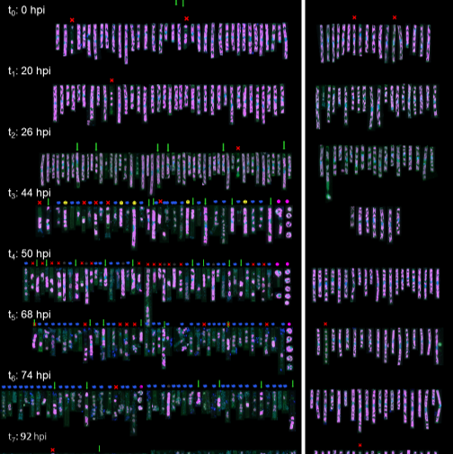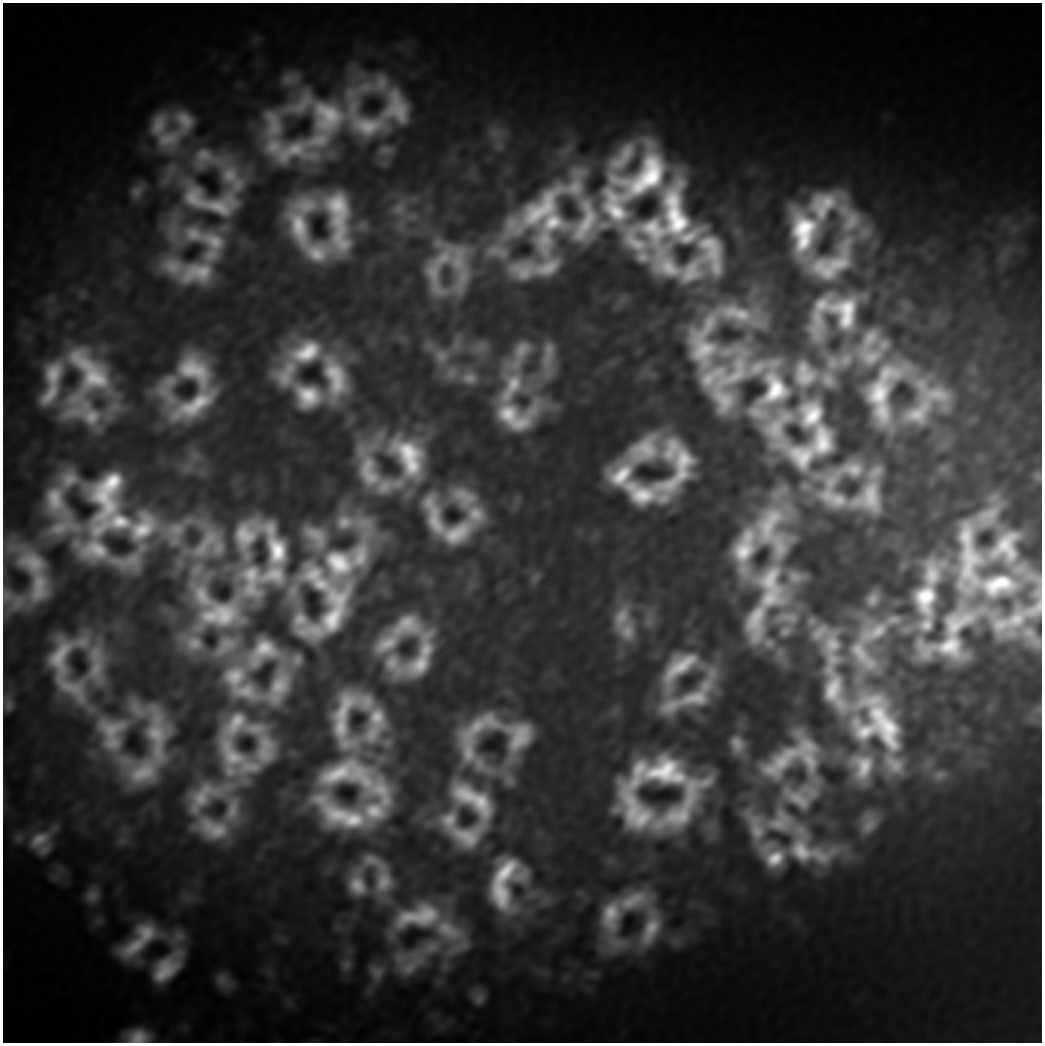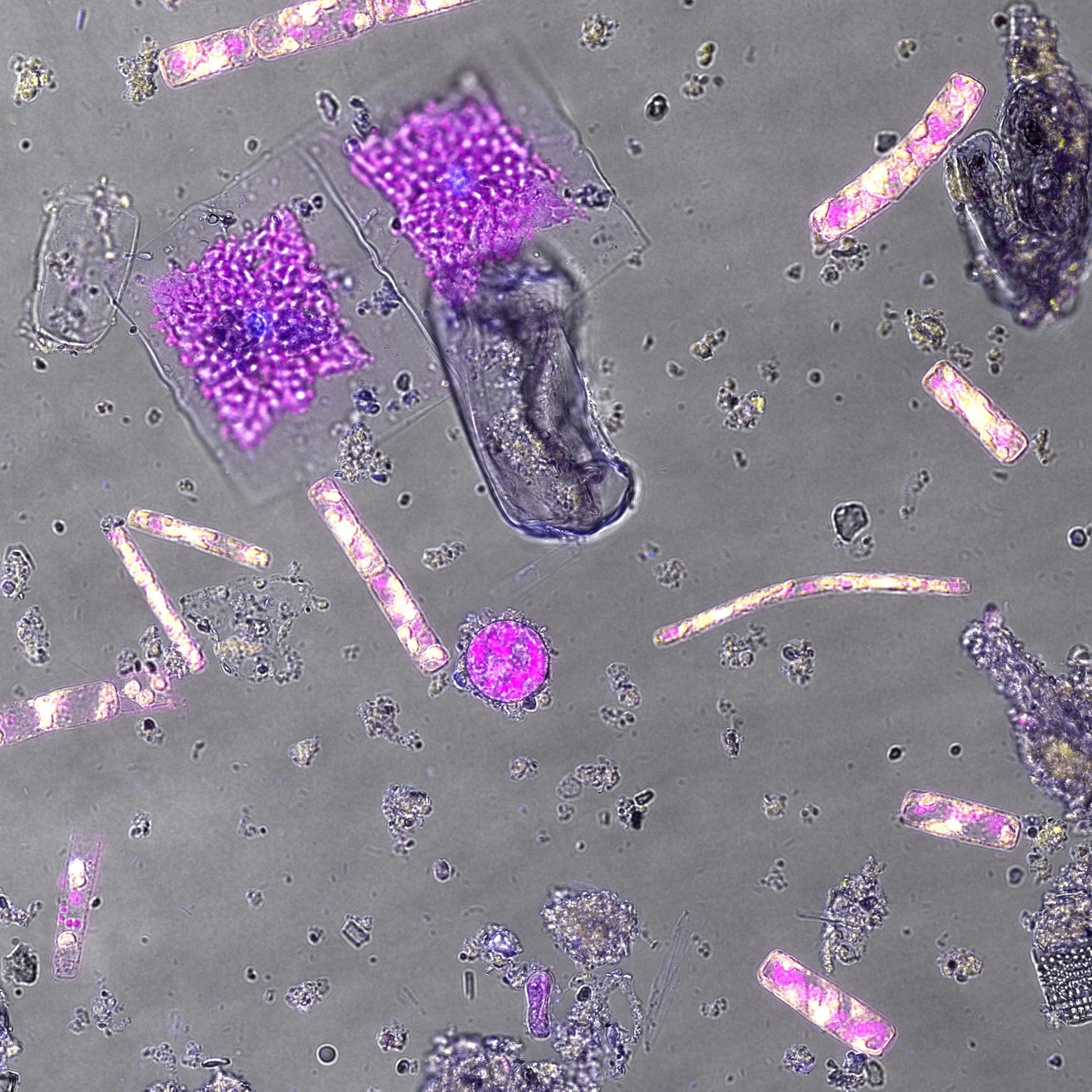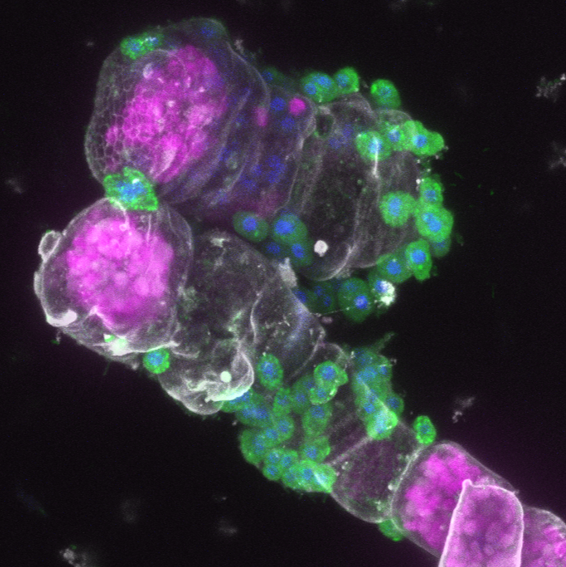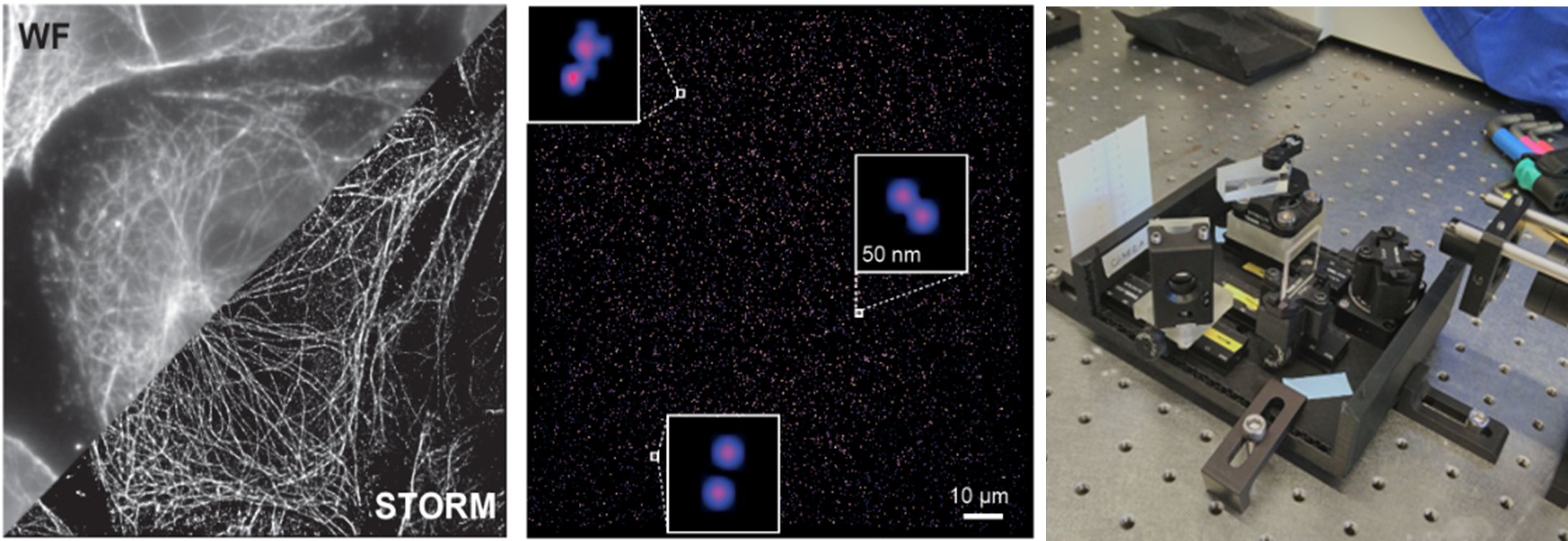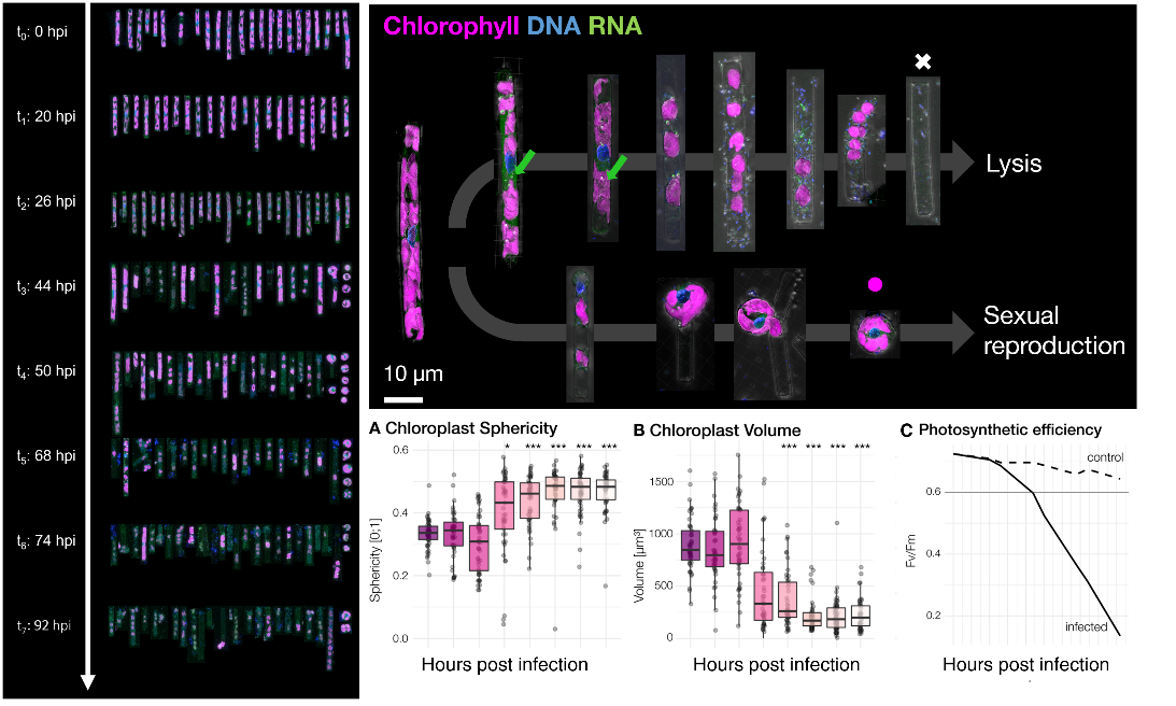
About Me
I work on deciphering the morphologies and cellular interactions of microbial marine eukaryotes (protists).
Towards this goal, I develop and use tailored bioimaging and image processing methods,
including automated and super-resolution microscopy to address their challenging diversity
and connect information across scales.
